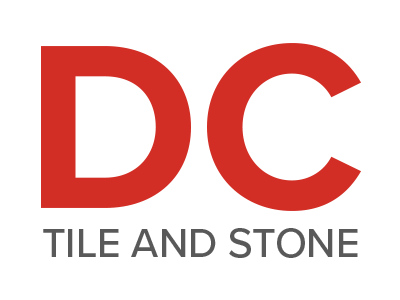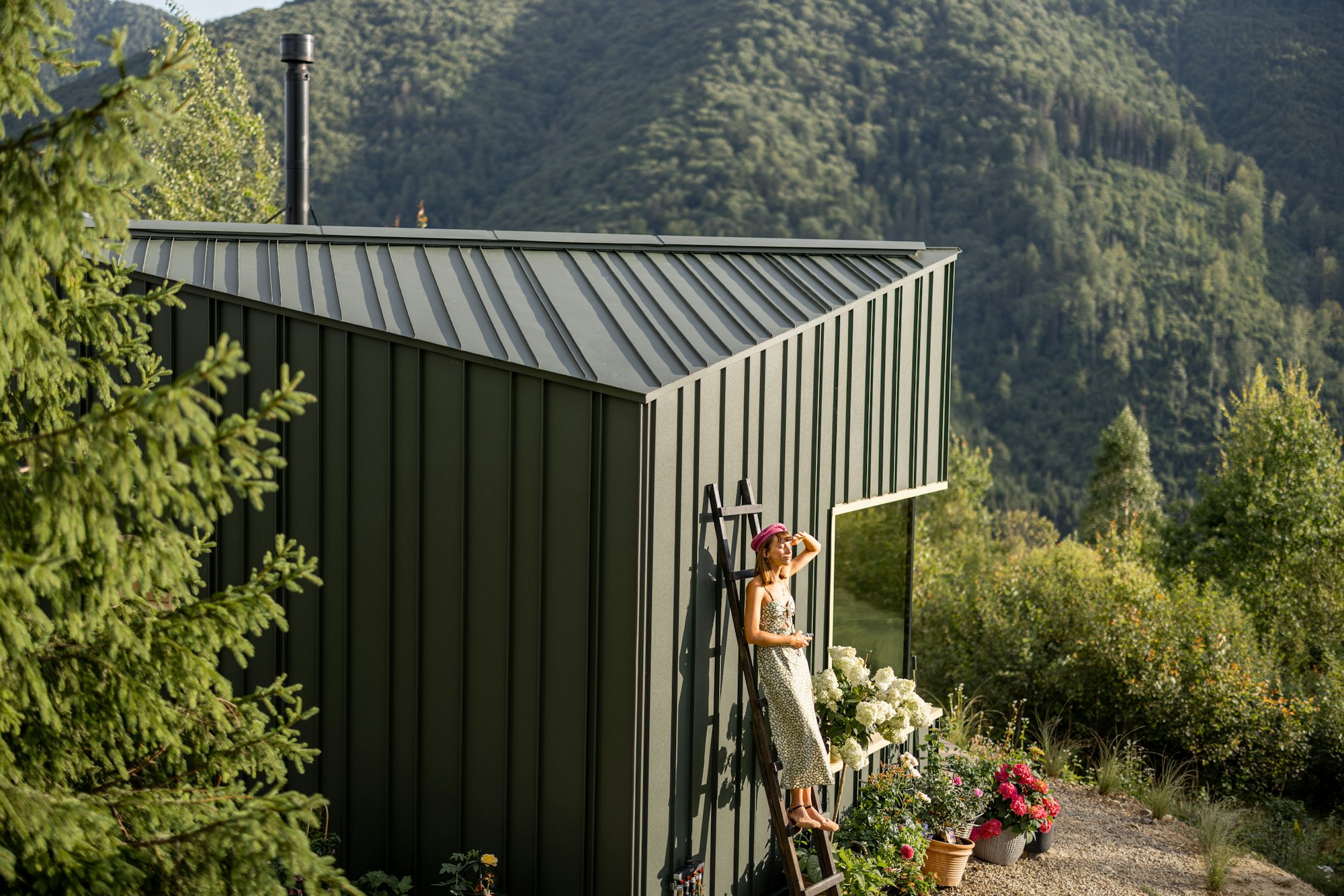
When embarking on an eco-friendly home renovation, you may have several questions about the process and options available. Below, we’ve answered some frequently asked questions to help you make informed decisions.
When it comes to selecting materials for a sustainable home renovation, look for options that are eco-friendly, durable, and sourced responsibly. Here are some top choices:
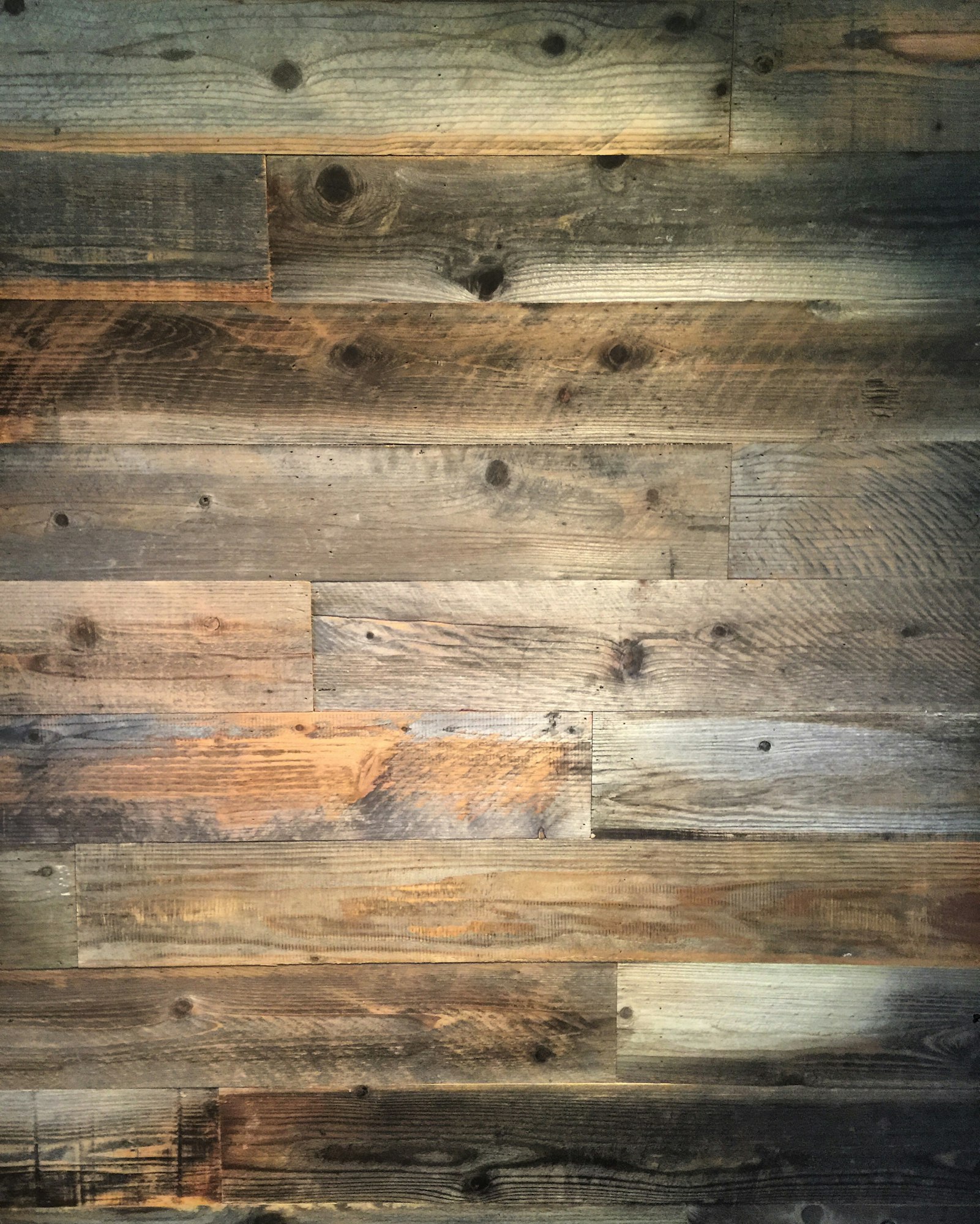
Reclaimed wood is an excellent choice for flooring, cabinetry, and furniture. It not only adds a unique aesthetic to your home but also prevents additional trees from being cut down. This wood often comes from old barns, factories, and even wine barrels, giving it rich character and history.
Bamboo is one of the most sustainable materials available. It grows rapidly, making it a renewable resource that can be harvested without causing environmental degradation. Bamboo can be used for flooring, cabinetry, and even textiles. Its strength and durability make it a versatile material for various renovation needs.

If you’re considering structural changes, recycled steel is a great option. It’s incredibly strong, long-lasting, and requires less energy to produce than new steel. Using recycled steel can significantly reduce your renovation’s carbon footprint.
Cork is a sustainable material prized for its thermal and acoustic insulation properties. Harvested from the bark of cork oak trees, which can regenerate, cork is an eco-friendly choice for flooring and wall coverings. Additionally, it’s hypoallergenic and resistant to mold and mildew.
For an insulating material that’s natural and highly effective, consider sheep’s wool. This material is renewable and biodegradable. Unlike conventional insulation, it can absorb and release moisture without losing its insulating properties, making your home more energy-efficient.
Traditional paints can release harmful volatile organic compounds (VOCs) into the air, affecting indoor air quality. Opt for low-VOC or zero-VOC paints that are just as durable and available in a wide range of colors. These eco-friendly paints help create a healthier living environment for you and your family.
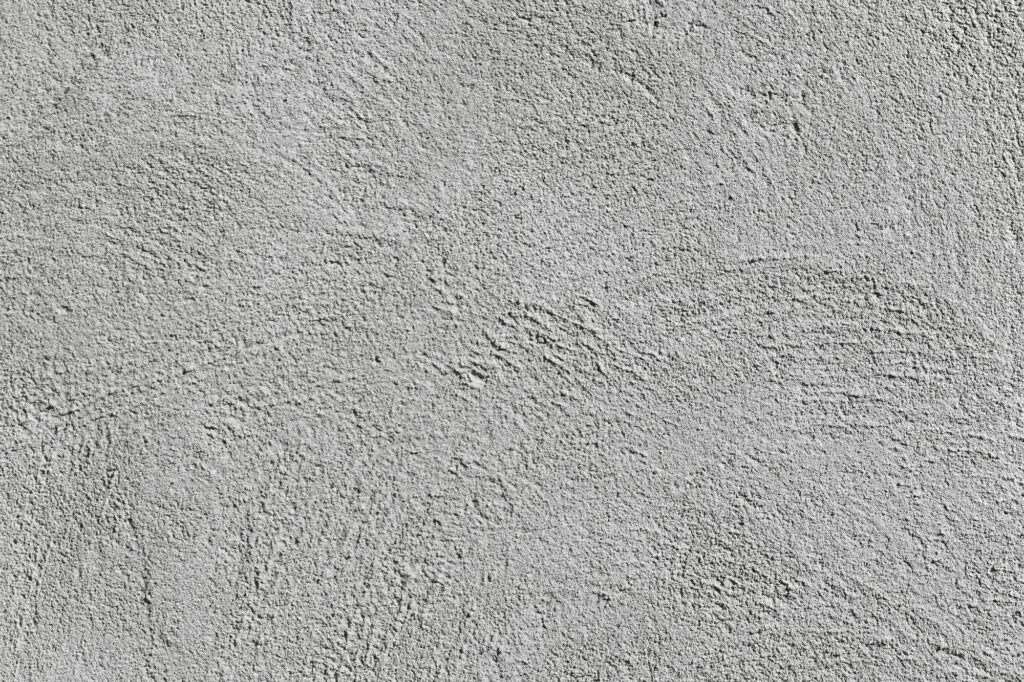
Concrete is a popular material for its durability, but traditional concrete production is a significant source of CO2 emissions. For a greener option, choose eco-friendly concrete made from recycled materials or mixed with eco-friendly substitutes like fly ash or slag. This reduces the environmental impact without sacrificing performance.
By carefully selecting materials that are both high-quality and sustainable, you can undertake a home renovation that not only enhances your living space but also contributes to a healthier planet.
Solar energy is one of the most sustainable and readily available resources for homeowners looking to make greener choices. Transitioning to solar power can significantly reduce your dependency on non-renewable energy sources, saving you money and reducing your carbon footprint in the process.
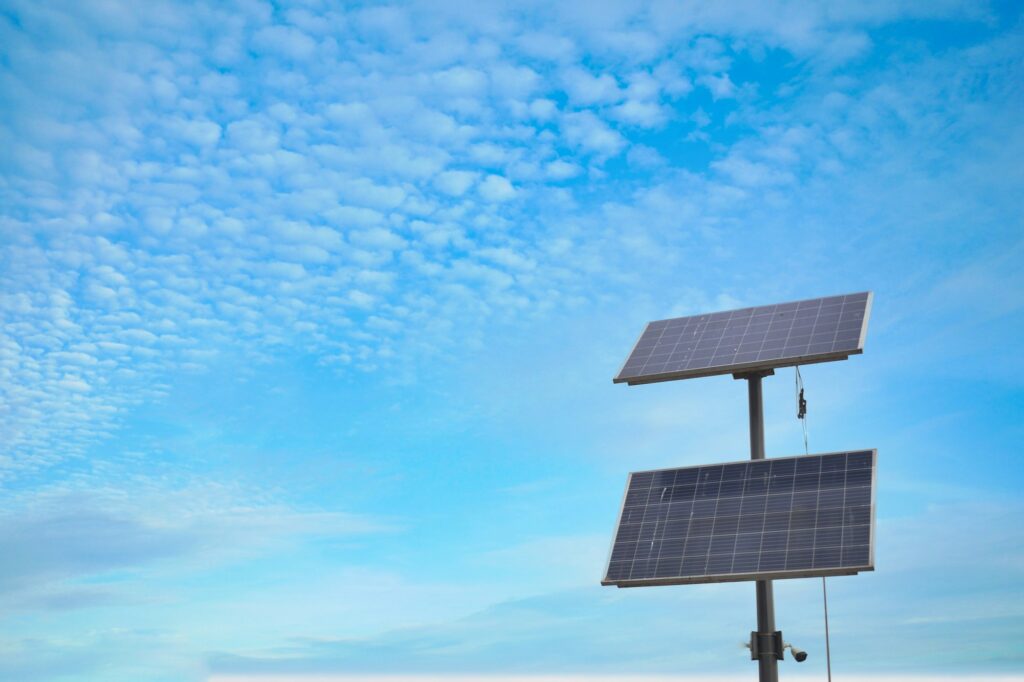
Investing in solar technologies not only helps the environment but also adds to your property value. Many regions offer tax incentives and rebates for installing solar systems, making it even more accessible for homeowners. Furthermore, with advancements in battery storage technology, you can store excess energy generated during sunny days for use when needed, ensuring a reliable power supply.
By adopting solar power solutions, you step towards a more sustainable future, paving the way for reduced energy costs and a smaller environmental impact. Every step towards renewable energy, no matter how small, counts in the grand scheme of building a greener home.
Water scarcity is a growing concern worldwide, making it crucial to incorporate water-saving solutions into your home renovation. Simply put, taking steps towards water conservation not only helps the environment but also significantly reduces your utility bills.

Start by exploring low-flow fixtures for your showerheads, faucets, and toilets. These fixtures are designed to reduce water consumption without sacrificing performance. For example, low-flow showerheads typically use less than 2.5 gallons per minute compared to the standard 5 gallons per minute, offering a dual benefit: efficient water use and lower energy costs for water heating.
Next, consider installing smart irrigation systems for your garden. These systems utilize weather data and soil sensors to provide water only when necessary, avoiding overwatering and ensuring that your plants receive just the right amount of moisture. This innovation helps maintain a lush landscape while conserving water.
Greywater systems are another excellent way to reuse water. These systems collect water from sinks, showers, and washing machines, treating it for use in garden irrigation or toilet flushing. Greywater recycling is an effective method to reduce the amount of potable water used daily, promoting a sustainable living environment.
Don’t forget to look into upcoming technologies such as rainwater harvesting systems. These systems capture and store rainwater for various uses around the home, including watering plants, flushing toilets, and even washing clothes. By tapping into this natural resource, you can significantly lower your reliance on municipal water supplies.
Incorporating these smart fixtures and systems into your home renovation can transform your household into an eco-friendly haven. Not only will you be contributing to global water conservation efforts, but you’ll also enjoy lower water bills and a more sustainable lifestyle.
Integrating smart home technology isn’t just about convenience; it’s a critical component of an eco-friendly renovation. Smart thermostats, for instance, can learn your schedule and adjust the temperature, reducing energy wastage. This is not only cost-effective but also significantly reduces your carbon footprint.
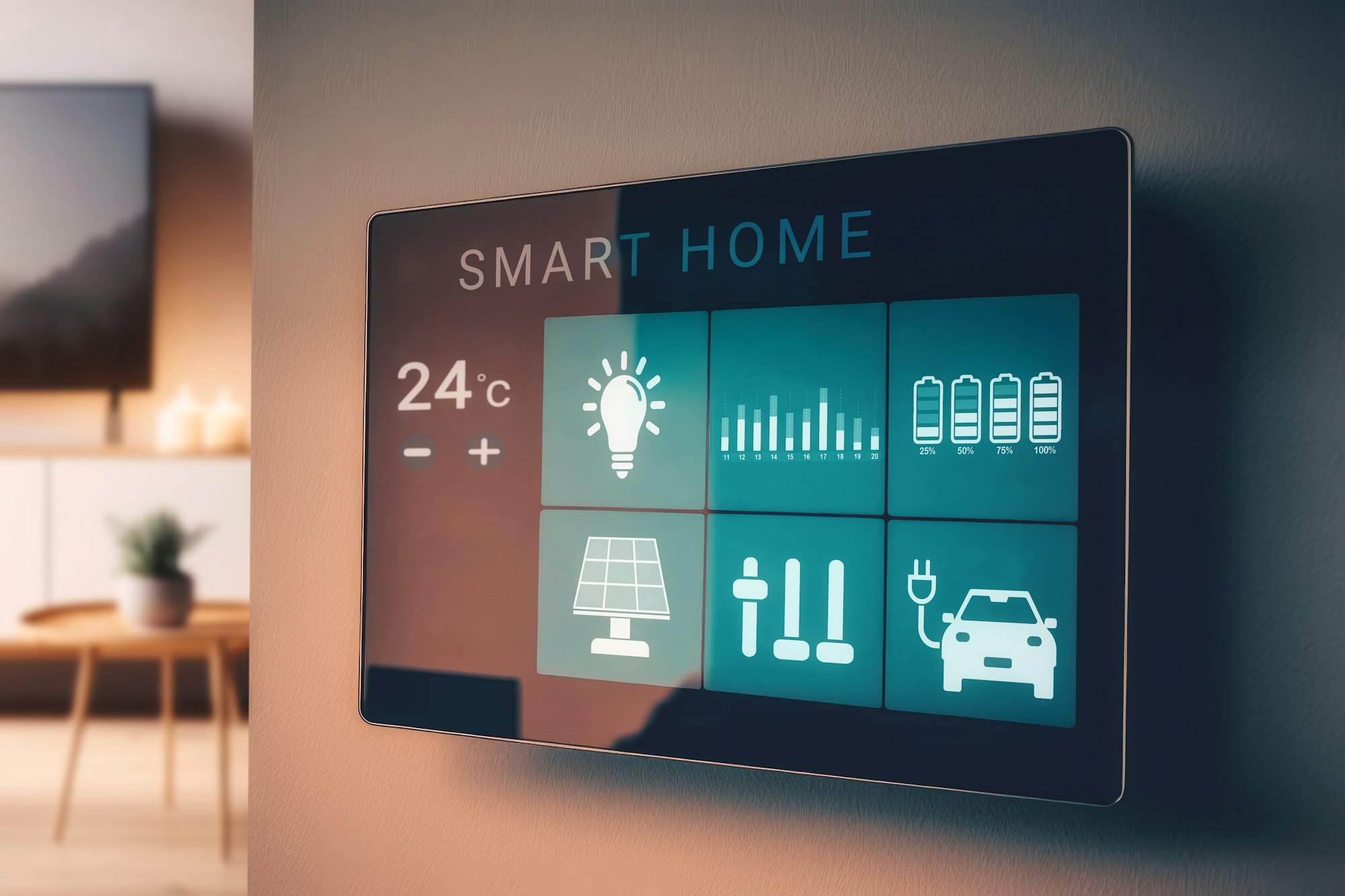
Similarly, smart lighting systems use sensors and timers to ensure that lights are only on when needed. By switching to LED bulbs in conjunction with these systems, you can further enhance energy savings. It’s a simple yet effective way to minimize electricity usage.
Water usage can also be optimized with smart irrigation systems. These systems adjust watering schedules based on weather conditions, ensuring that your garden gets just the right amount of water. This leads to substantial water savings, especially in areas prone to droughts.
Moreover, integrating smart appliances with energy-efficient ratings can make a substantial difference. Appliances like washing machines, refrigerators, and dishwashers that can be scheduled to run during off-peak hours not only save you money but also conserve energy.
The interconnectedness of smart home technology means you can monitor and control all these aspects from your smartphone or any internet-enabled device. This constant connectivity ensures that you can make real-time adjustments to maintain efficiency and reduce waste, even when you’re not home.
Ultimately, smart home technology offers a plethora of options to make your home not just smarter, but greener. By leveraging these technologies, you take a significant step toward a sustainable lifestyle.
Maximizing natural light isn’t just about aesthetics; it’s a key strategy for reducing your home’s energy consumption and enhancing indoor comfort. By integrating more daylight into your living spaces, you can lessen your reliance on artificial lighting and even help regulate indoor temperatures naturally.
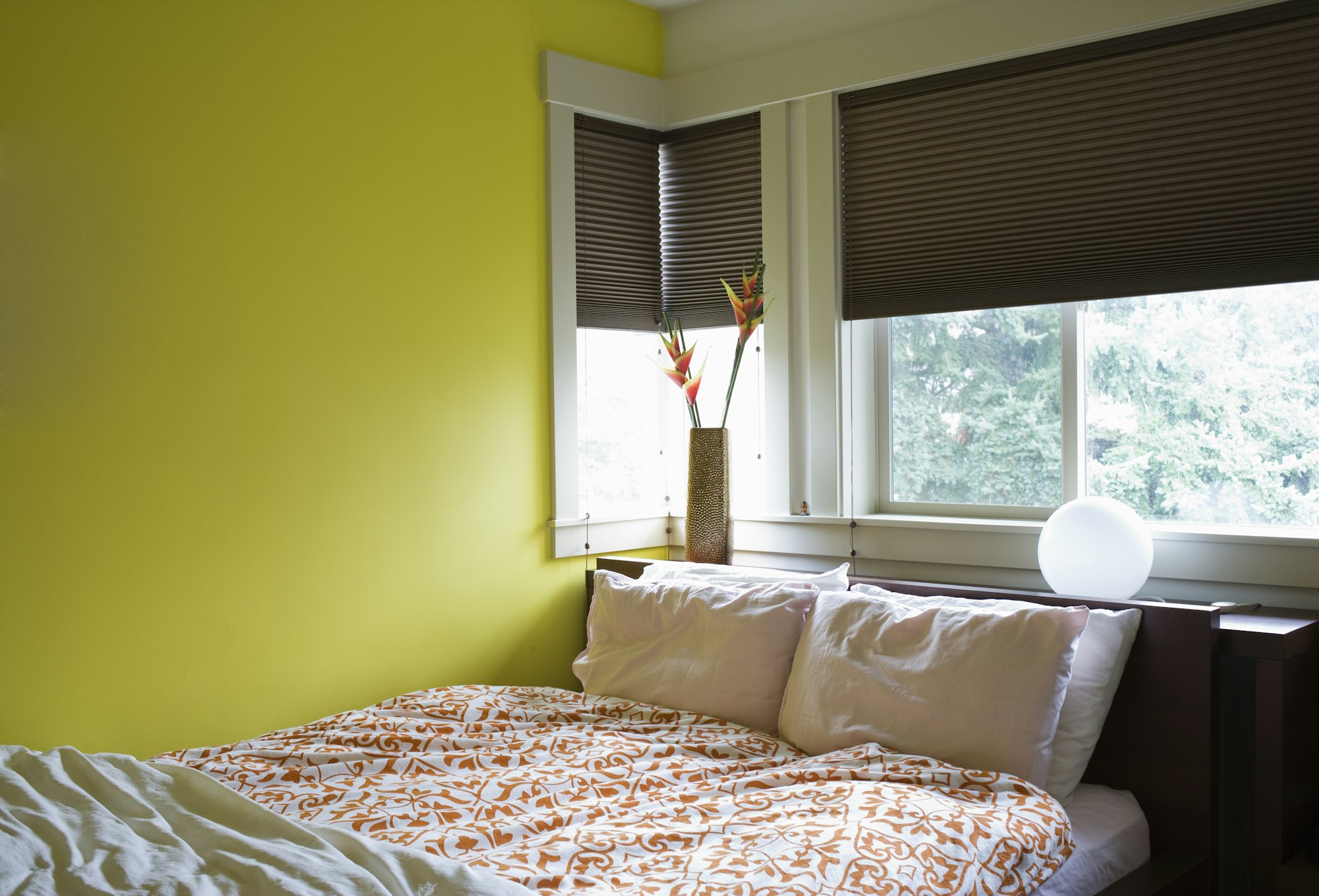
Start with Windows: Consider the placement, type, and size of your windows. South-facing windows typically allow the most sunlight, whereas north-facing windows provide more consistent but less intense light. Large, strategically placed windows can flood your home with natural light and diminish the need for electric lighting during the day.
Skylights and Solar Tubes: These are excellent options for rooms that don’t get much natural light. Skylights can significantly brighten up common areas such as bathrooms and hallways. Solar tubes, or tubular skylights, capture sunlight and diffuse it throughout your home, reducing your electrical lighting needs.
Reflective Surfaces: Use light-colored paints and reflective surfaces to amplify the impact of natural light. Walls painted in lighter colors can reflect sunlight deeper into the room.
Open Floor Plans: An open floor plan allows natural light to travel more freely through your home. Removing interior walls or creating wider doorways can help light reach darker corners, making your space feel larger and more inviting.
Maximizing natural light not only cuts down on energy use but also enhances your living environment, creating a space that feels both brighter and more connected to the outdoors. It’s a simple yet powerful way to make your home more eco-friendly.
Reclaimed wood is not only an eco-friendly choice, but it also adds unique character and warmth to your home. By repurposing old wood, you are reducing the demand for new lumber, thus preserving forests and minimizing waste. It’s also incredibly durable and often has a rich history that can add a story to your home renovation.
Yes, bamboo flooring is known for its durability and strength. Bamboo is a highly renewable resource that regrows quickly, making it a sustainable option. With proper care and maintenance, bamboo flooring can be as long-lasting as traditional hardwood floors. Additionally, it’s resistant to moisture and insect damage, making it suitable for various climates.
Low-VOC (Volatile Organic Compounds) paints significantly reduce the release of harmful chemicals into the air. These compounds can cause health issues and contribute to indoor air pollution. By choosing low-VOC paints, you create a healthier living environment for you and your family while also reducing your carbon footprint. The improved air quality can be especially beneficial for those with allergies or respiratory conditions.
Eco-friendly concrete often uses alternative materials such as fly ash, slag cement, or recycled aggregates. These elements not only reduce the carbon footprint of concrete production but also repurpose industrial by-products, minimizing waste. Additionally, eco-friendly concrete formulations can enhance durability, leading to longer-lasting structures and reducing the need for frequent replacements.
Sheep’s wool insulation offers excellent thermal performance, helping to keep your home warm during winter and cool during summer. It has natural moisture-regulating properties that prevent condensation issues. Moreover, sheep’s wool is a renewable resource, biodegradable, and has low embodied energy, making it a greener choice compared to traditional insulation materials.
Embracing eco-friendly home renovation options offers a myriad of benefits, from reducing your environmental footprint to enhancing the overall comfort and health of your living space. As we’ve explored, there are numerous sustainable materials and innovative technologies available that not only foster a greener lifestyle but also increase the value and efficiency of your home.

Remember, every little step towards sustainability counts. Whether you’re embarking on a large renovation or making small eco-friendly changes, your efforts contribute to a healthier planet for future generations. So, as you plan your next home improvement project, consider these sustainable options to create a home that’s not only stylish and comfortable but also gentler on our environment.
Ready to start your eco-friendly home renovation? DC Tile and Stone has everything you need to bring your sustainable vision to life. From reclaimed wood to eco-friendly concrete, our selection of materials ensures quality and sustainability. Visit DC Tile and Stone to explore our full range and get expert advice for your next project!

